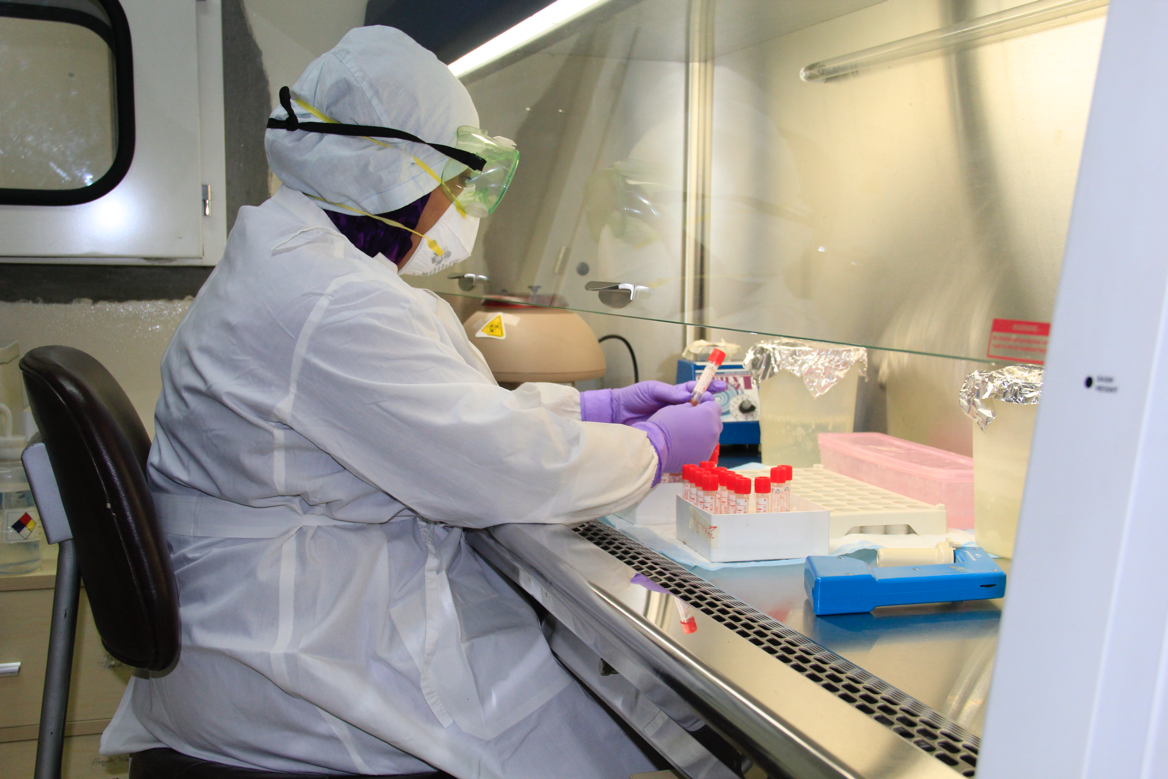
As the world edges closer towards eradicating polio, a critical challenge remains: the safe handling and storage of poliovirus in facilities that will keep it for vaccine production and research. ‘Containment’ is about ensuring that risks of accidental or deliberate release of poliovirus, from these places into communities, are minimized to prevent polio from resurging after eradication. It involves facility certification against strict biorisk management requirements to allow ongoing work with the virus. But these are places that know they have poliovirus. What about places that may be keeping the virus but don’t know it?
What is PIM?
Polio is spread fecal-orally or through respiratory routes, and poliovirus Potentially Infectious Material (PIM) refers to fecal, respiratory, or concentrated sewage and other environmental samples collected in a time and place where polioviruses were circulating or oral polio vaccines were in use. These types of samples, often collected for reasons unrelated to polio, can be found in laboratories and research centres. Facilities with a high probability of holding PIM include those researching rotavirus or other intestinal viruses, hepatitis viruses, influenza/respiratory viruses, or measles virus. Others could include those involved in nutrition research or environmental facilities.